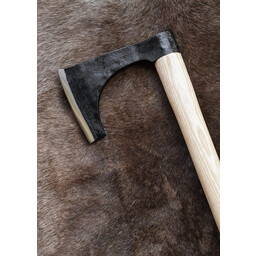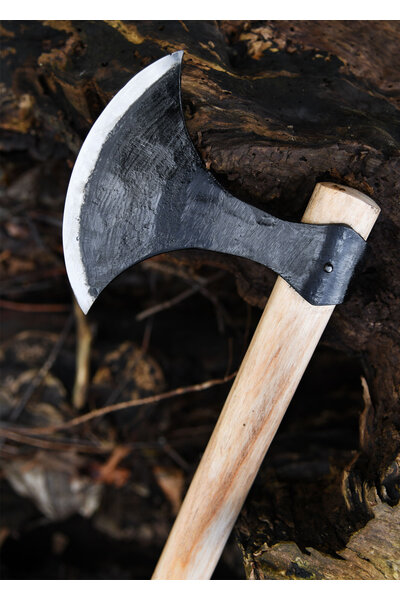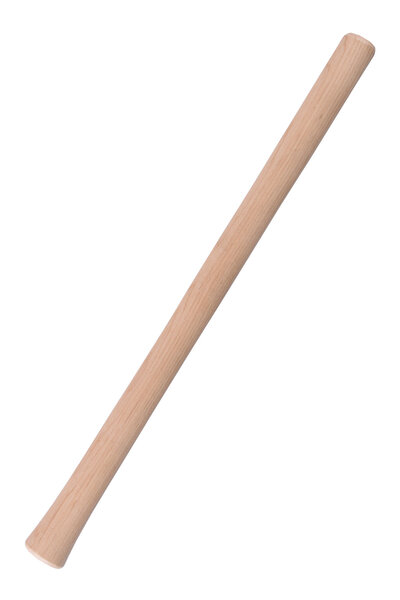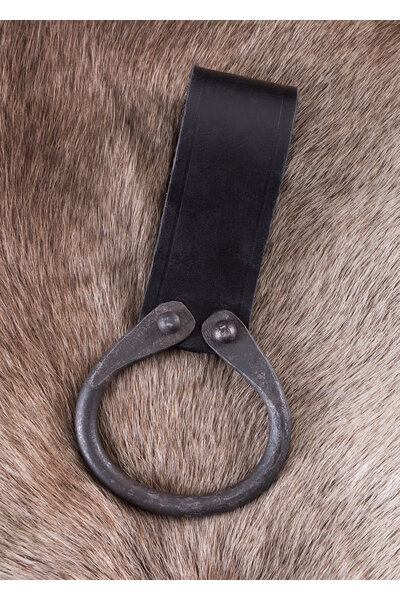Product description
This Viking axe is made after several originals found in Scandinavia, on the British Isles and in Ireland. This is the most common type of early medieval axes. It was presumably used from the 7thcentury on in Scandinavia, but originally it was already developed in the Roman Iron Age in Central Europe.
This axe has an axehead of hand-forged iron. The length of the axe is 81 cm and its width is 21 cm. It weighs approx. 2,1 kg and the blade is delivered sharpened.
This axehead is a Petersen type C.
Product details:
Length: 81 cm
Head size: 21 cm;
Weight: 2100 g
Material: EN45 spring steel
Edge: semi-sharp
Shaft included: yes
Based on a historic original: yes
Transport weight (grams): 2000 *
This item is produced in limited quantities only. This means that every piece is unique. Sizes & finish may vary lightly from piece to piece.
We do not sell this product to customers under the age of 18. Click here for more information on the European arms acts.
Tip: How to adjust the finish of your armour and weaponry
Luxurious (polished)- polish the steel with metal polish or toothpaste. You can even give the item a mirror-like polish. Test on a small surface first!
Handmade (matte)- soak the steel in cola for 40 minutes to 20 hours. Check regularly and treat with black sandpaper.
Antique (patinated) leave the steel to rust for some time in a damp environment, preferably outside. Remove the red layer of rust, to reveal the corroded top layer.
Please note. After finishing the product yourself, the warranty and return right expire. Celtic WebMerchant is not responsible for the obtained result.
Packaged with 100% recycled material
When packaging this item, we exclusively use 100% recycled plastic and recycled paper/cardboard from FSC certified forests. We reuse a large part of the material directly without the intervention of a recycling process.
Recycle the material by separating your waste:
1. Cardboard: separate or reuse your paper.
2. Plastic cushions, clothing bags and plastic tape: separate or reuse your plastic. If possible, pierce the cushions with a volume reduction needle.
3. Paper packaging for jewelry and small items: these have a plastic inner layer. Remove these, then separate your paper and plastic.













